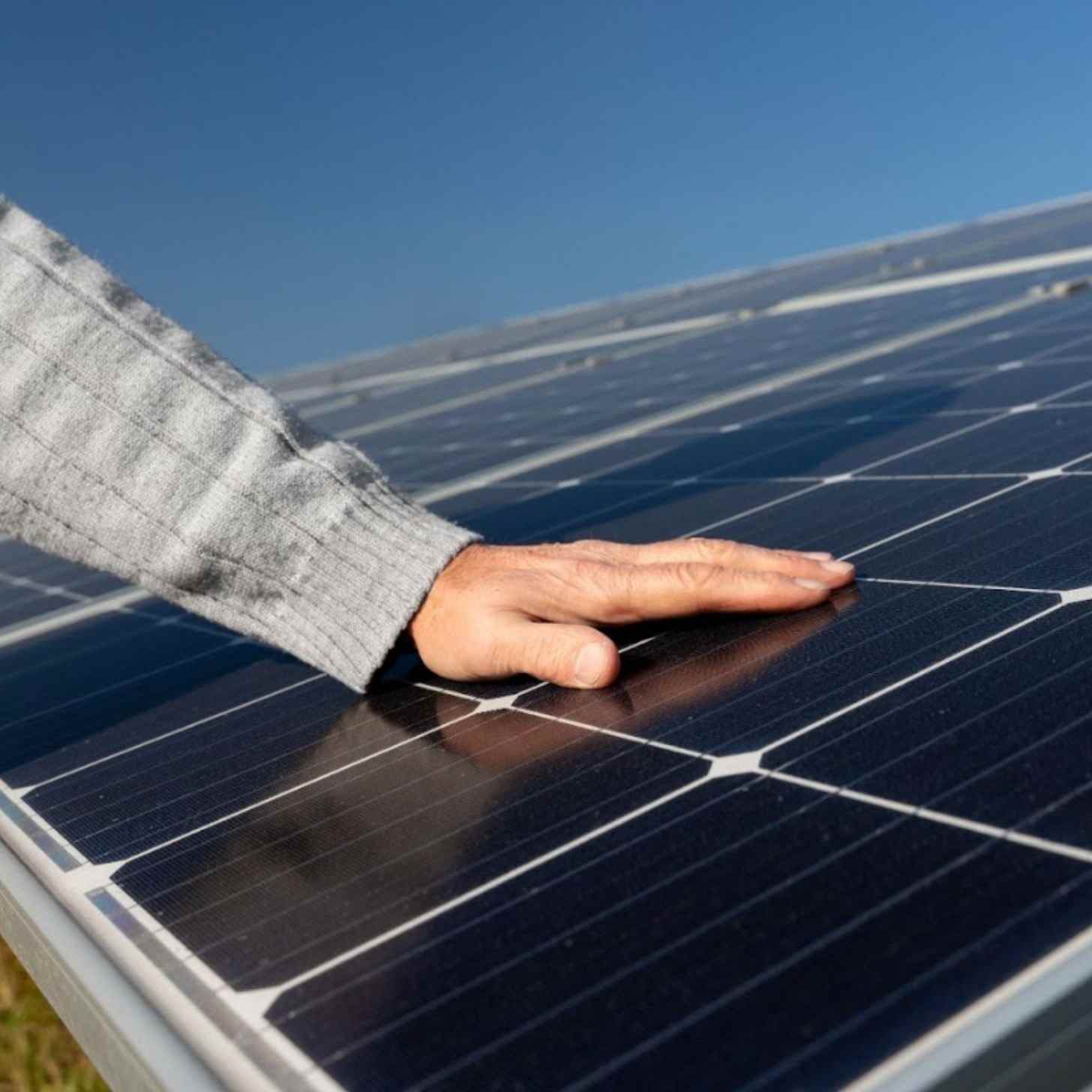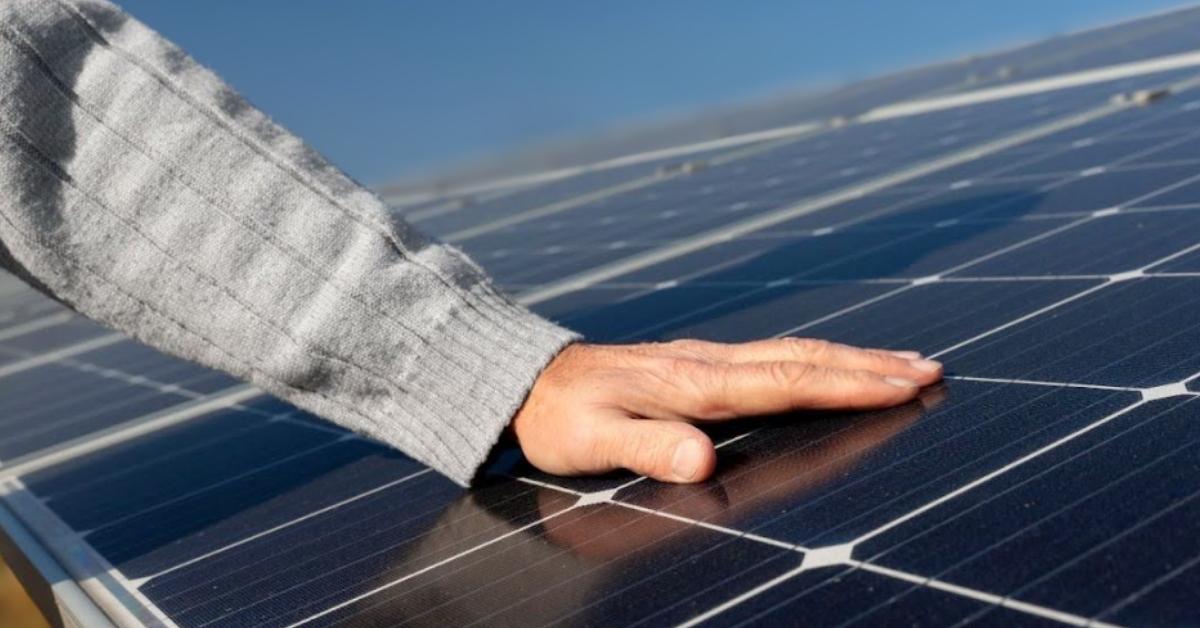Fifteen years ago, solar power was nearly four times the cost of fossil fuel alternatives.
For context, 2010 was back when the iPad was first released, Instagram was launched, and “TiK ToK” by Kesha was the number one song on the Billboard Hot 100 chart.
Needless to say, a lot can change in 15 years — including the affordability of solar power.
According to two new United Nations reports, renewable energy has passed a “positive tipping point,” and solar power is now 41% cheaper than fossil fuels.
“The fossil fuel age is flailing and failing,” UN Secretary-General Antonio Guterres said in a speech on July 22, as the reports were released. “We are in the dawn of a new energy era. An era where cheap, clean, abundant energy powers a world rich in economic opportunity.”
“The sun is rising on a clean energy age. Just follow the money,” Guterres said frankly, pointing to the figures in the reports which found that green energy outpaced fossil fuel investments by $800 billion in 2024 alone.
Last year is evidence of a decade-long trend towards renewable energy — despite federal attempts to slash it under Trump’s second presidency.
“The year 2015 marked a turning point in global climate governance, with the adoption of the landmark Paris Agreement at COP21,” One report, titled “Seizing the moment of opportunity” said, in reference to the promise 195 countries pledged to hold the global average temperature to well below 2 degrees Celsius.
“The cost of utility-scale solar PV has fallen by 80–90% each decade since 1960, whereas the costs of fossil fuels are highly volatile and show no long-term decrease,” it continued.
“New solar PV has been undercutting new coal- and gas-fired power plants in most of the world for six years, and the gap in their average lifetime electricity generation costs continues to widen in favour of solar. Meanwhile, global manufacturing capacity of renewable energy technologies is outstripping demand: Announced solar PV and battery projects can already cover the global deployment needs of the tripling renewable capacity by 2030 goal.”

For example, the report noted, electric vehicles are up from 500,000 to 17 million since 2015.
Other astounding figures from the UN reports stated a 74% growth in electricity generated globally from wind, solar, and other green sources — just in the last year.
And 92.5% of all new electricity capacity added to the grid worldwide came from renewables in the same time frame.
“Countries that cling to fossil fuels are not protecting their economies, they are sabotaging them,” Guterres said in his speech, pointing to countries like China, India, and the United States, which still rely heavily on coal, oil, and natural gas.
“[They’re] driving up costs, undermining competitiveness, locking in stranded assets.”
Guterres’ impassioned speech came to a head as he said that there is security in renewable energy.
“There are no price spikes for sunlight,” he said. “No embargoes on wind.”
“This is not inevitable. We have the tools, the instruments, the capacity to change course,” Guterres said. “There are reasons to be hopeful.”
Header image via TIPPING (CC BY-NC 4.0)



